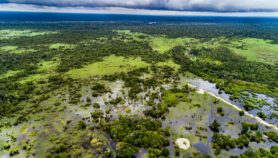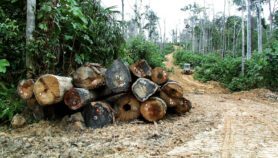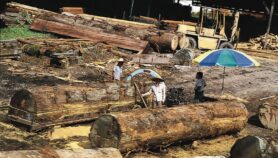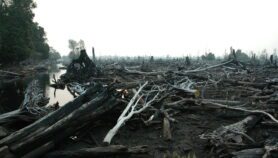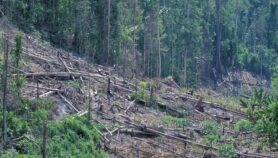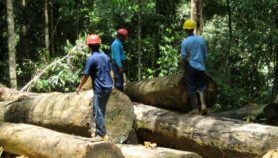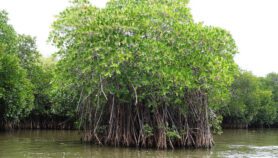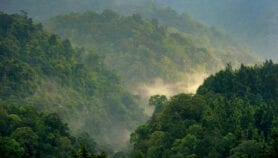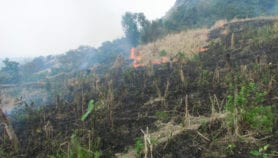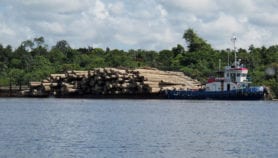By: Fatima Arkin
Send to a friend
The details you provide on this page will not be used to send unsolicited email, and will not be sold to a 3rd party. See privacy policy.
[PARIS] A new tool mapping the amount of carbon in tropical forests establishes new benchmarks for average annual carbon emissions caused by deforestation in the tropics.
“Reducing deforestation doesn’t require any new technology, it’s generally cost effective…”
By Daniel Zarin, Climate and Land Use Alliance
The data can be viewed online on Global Forest Watch Climate as part of an interactive platform where users can compare carbon emissions information between countries or follow trends over time.
Developments in remote sensing technology and land-surface imagery sourced from the United States-operated Landsat satellite system underpin the mapping tool and the accompanying study, which appears in the December edition of the journal Global Change Biology.
The study shows that carbon emissions from tropical deforestation could be halved in five years, a finding that has particular resonance at this week’s COP21 where forest protection is one of the proposed key climate solutions. The study placed the benchmark for annual carbon emissions from tropical deforestation as the average between 2001 and 2013: 2.270 gigatons of carbon.
Daniel Zarin, the study’s lead author and program director of the nonprofit Climate and Land Use Alliance, however notes that the estimates are “very conservative.”
He stresses that “one of the available ways of reducing emissions globally in the near term is by reducing deforestation”.
“Reducing deforestation doesn’t require any new technology, it’s generally cost effective and we have commitments in which countries agreed that they would cut deforestation significantly,” Zarin tells SciDev.Net at the sidelines of COP21.
More than a billion people depend directly on forests for their livelihood yet, each year, approximately 12 million hectares of forest are destroyed. According to the UN, forests can provide up to one-third of the climate solution that the world needs over the next two decades.
The study identifies Indonesia, next to Brazil, as having the second highest greenhouse gas emissions from gross deforestation — which, however, does not account for the country’s current forest fires that critics say are the year’s worst environmental disaster.
The study could be a useful tool in measuring progress for Indonesia and other countries such as Malaysia and Vietnam that are significantly increasing their emissions from tropical deforestation but have committed to reducing natural forest loss.
Recently, Indonesian President Joko Widodo announced the creation of a new agency to restore peat lands following his moratorium last October on licences for concessions on peat lands and a review of existing licensing.
“Maybe some people will say it’s all talk…well in one year all you can do is talk and promise,” Wimar Witoelar, founder of Intermatrix Communications, an Indonesian-based public relations firm working for the Indonesian ministry of environment and forestry at COP21, tells SciDev.Net, referring to how long Widodo has been in power.
This piece was produced by SciDev.Net’s South-East Asia & Pacific desk.
References
Daniel J. Zarin and others Can carbon emissions from tropical deforestation drop by 50% in 5 years? (Global Change Biology, 30 November 2015)





